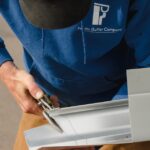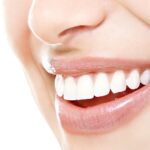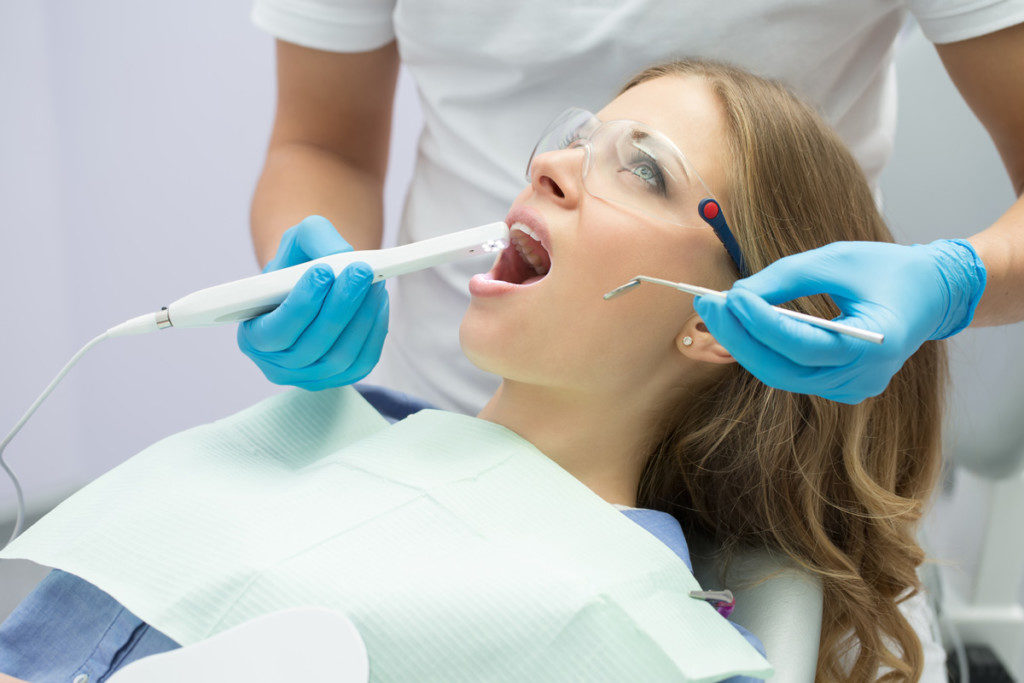Dentistry is a field that has digitized most of its procedures for the benefit of patients and professionals. Beverly Hills digital dentistry incorporates technology to carry out different dental procedures, including restorative, diagnosis, and treatment. Advanced dental technologies are now replacing traditional methods, typically slow and sometimes invasive. Here are the different types of digital dentistry and an in-depth elaboration of the benefits.
Types of digital dentistry
Intraoral cameras
The cameras have a higher magnification power than the tiny mirrors dental professionals would use back in the day. Intraoral cameras allow dentists to see intricate details such as cavities and broken teeth’s size and location. Further, these cameras can store images, allowing a patient to picture their dental problem. The photos can also facilitate manufacturing dental restorations such as veneers, crowns, and bridges.
Computer-aided manufacturing (CAM)
Dentists no longer use impression material to make molds of dental impressions. Instead, they use scanners to obtain 3-D images of your mouth, which is more precise, meaning that your restorations will have a proper fit.
Digital radiography
Digital radiography uses less radiation – 80-90% less than traditional x-rays. They are also faster and produce images on the screen, which specialists can store in a server. Since the files are stored digitally, it is easier to transfer information from the dentists to a specialist. For this reason, there is no need for prints, and patients spend less time during their dental appointments.
What are the benefits of digital dentistry?
Efficiency during dental visits
All patients’ records are now stored and organized digitally. It is easier to keep track of patients’ dental history and lower the risk of mixing up records. For this reason, dentist visits are now quicker since specialists pick up from where they left before. Dentists can now key in all vital information such as your diagnostic results and your recommended treatment for the future, for example, forwarding them to your specialist.
Accurate, faster, and shorter treatment time
Advanced technological devices such as intraoral scanners allow dentists to create impressions of dental restorations which are more precise and beautiful. They offer patients a more comfortable experience than would traditional processes. Today, you don’t require multiple dental visits to get your restorations, thanks to computer-assisted manufacturing, which allows the production of dental restorations in a shorter time. The end product is also high quality because CAM facilitates customizations including color matching to produce the best results.
High-quality dental care
Previously, oral assessment involved the use of x-rays which produce 2-D images. Today, professionals use intra-oral cameras, which provide more precise images than x-rays. Intra-oral cameras produce 3-D images allowing your dentists to see particular locations, including the size of cracked teeth and cavities. Digital x-rays are also safer for patients since they are 80-90% less in radiation.
Computer matching techniques allow patients to have dental restorations that match the shade of their natural teeth. Traditionally, dentists would use a physical shade guide to determine a closer color that would match that of natural teeth. However, the human eye perceives most things differently from a digital camera, including color.
Consult your dentist today at Pierce Robotics if you have further questions.











